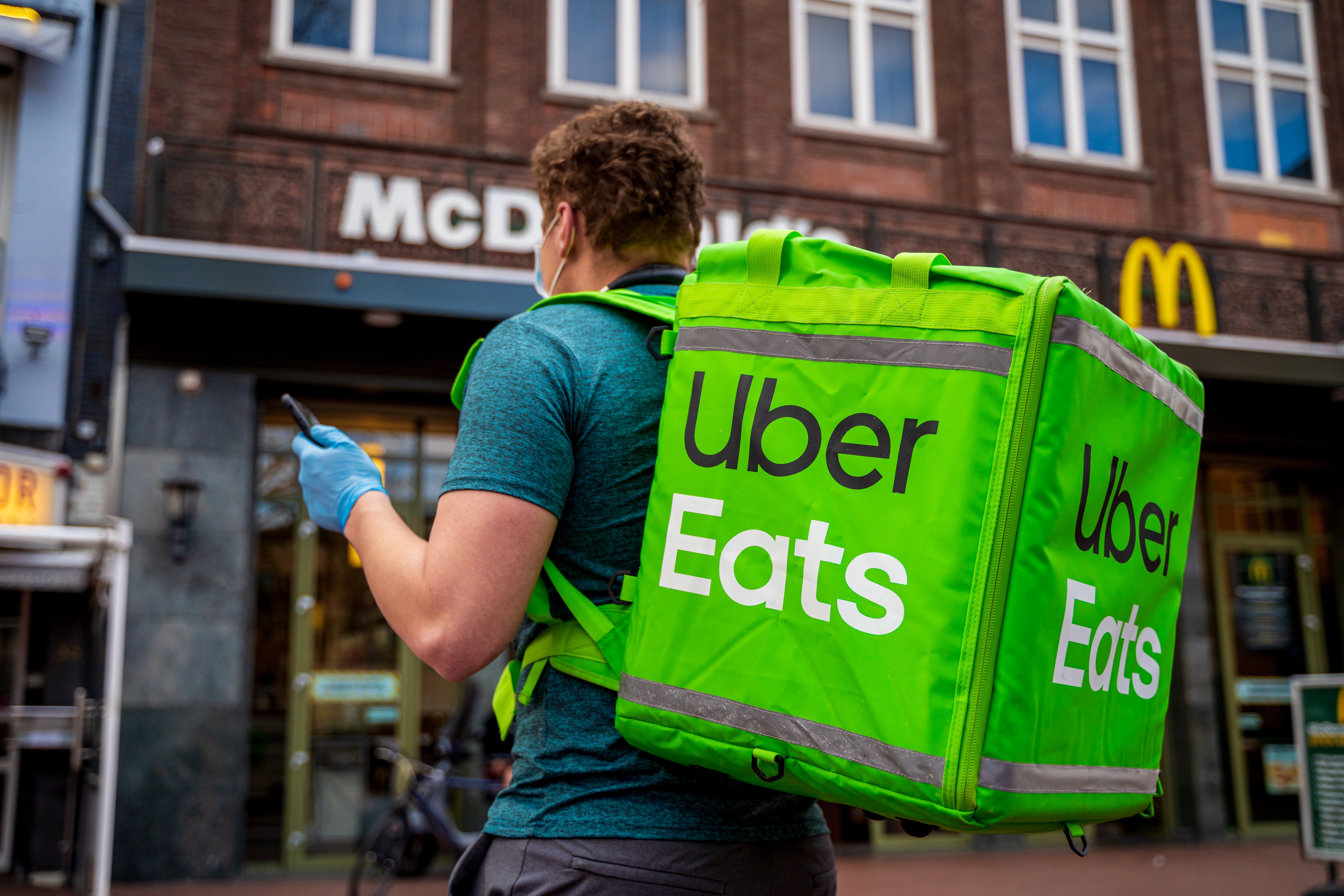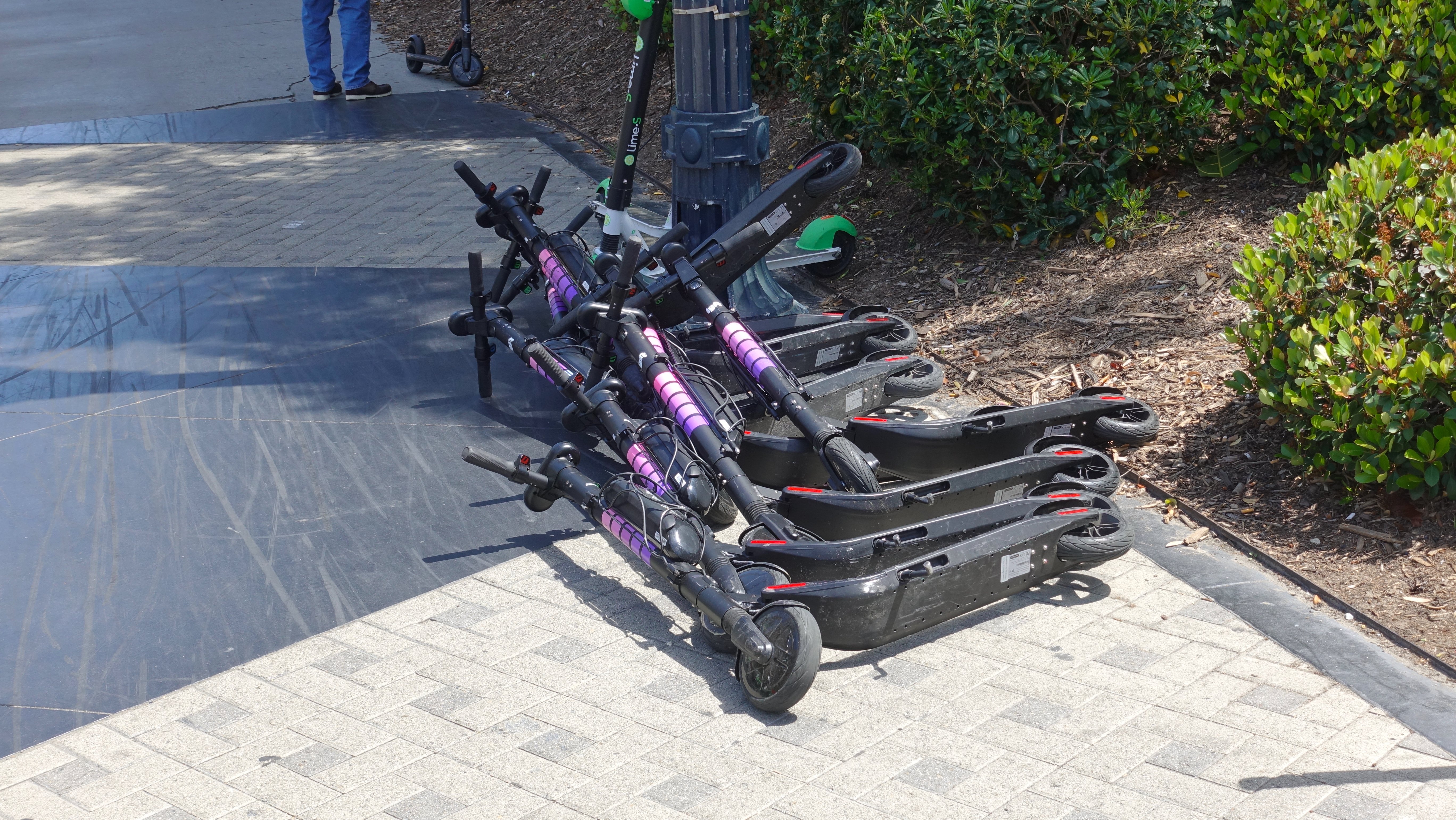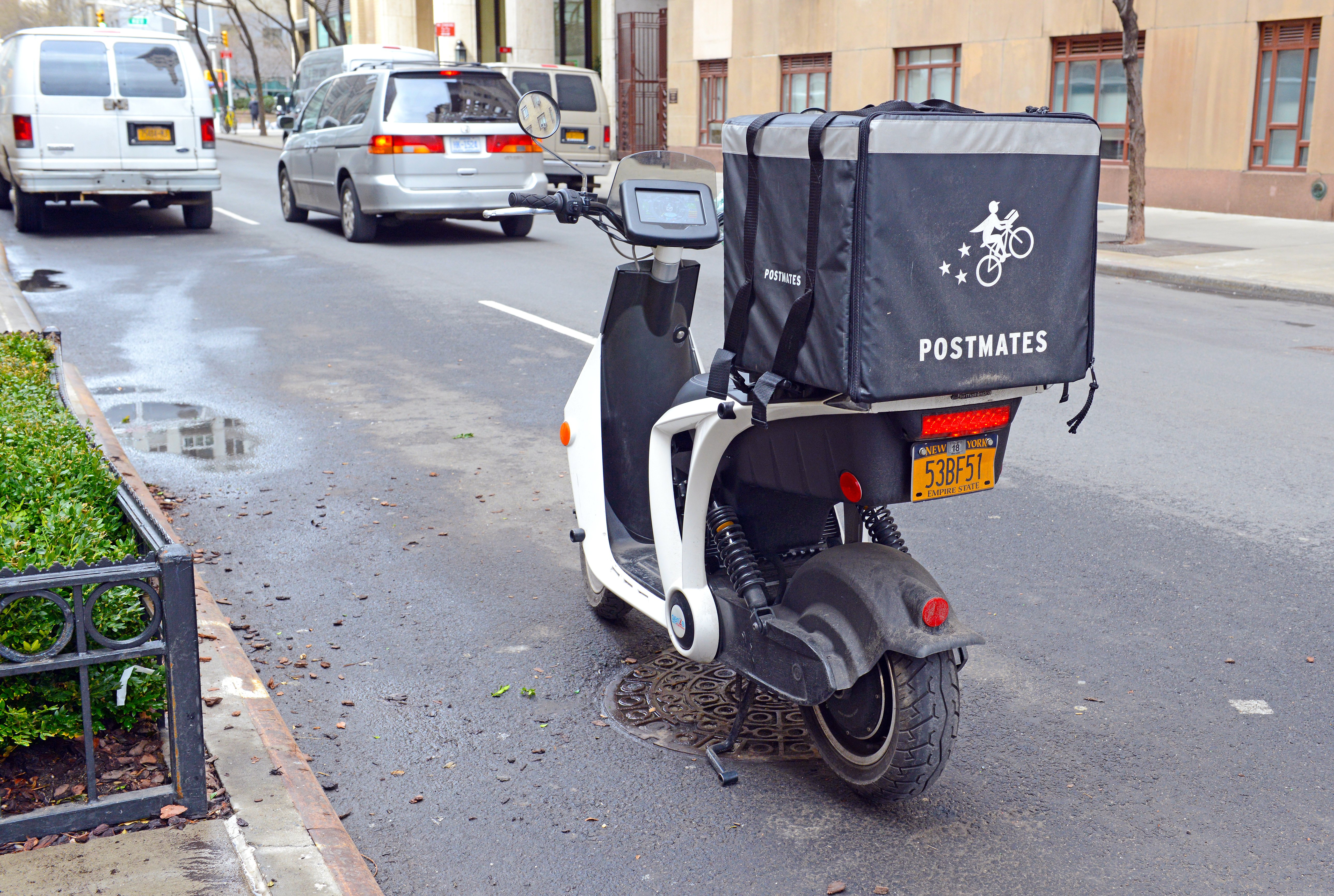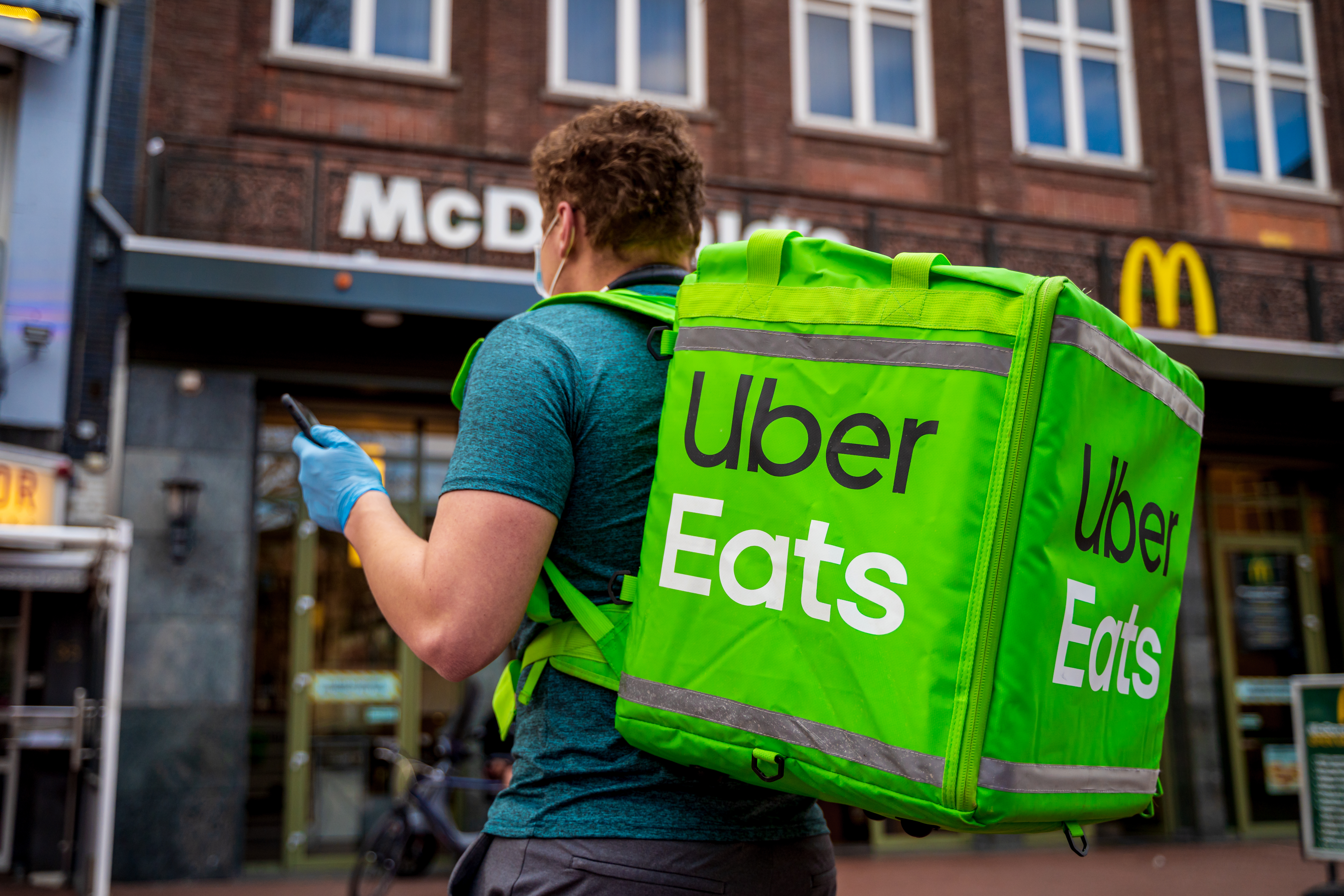When I turned 30, I gave up driving entirely. Your humble blogger, you see, has a bit of an aggressive personality, and I came to realize that I was making myself and everybody around me miserable when I was on the road (I also got like 4 tickets in two months, surely a soCal record). My abdication of the drivers’ seat was well-timed, however, and I easily transitioned from the front seat of my Civic to the back seat of the burgeoning ride-share economy.
Since then, I have been one of Uber and Lyft’s best customers (I am platinum status on Uber for goodness' sake), using them for every kind of trip imaginable--I once took an Uber around the neighborhood to look at Christmas lights. Yet, since the second week of March when California lockdown orders first emerged, I have taken exactly zero Uber/Lyft rides. Not a single one. In that same time frame since early March, however, I have more than tripled my food delivery orders according to a semi-scientific analysis of my recent expenses.
Today, we’re talking about Uber, namely its efforts to acquire Postmates and its 8% share of the food delivery market--why would the leader in ride sharing double down in a yet-to-be profitable food delivery sector where, even after this acquisition, they will still be in second place? Well, those first two paragraphs above go a long way in explaining it, but we will put in the transportation and food service market research just in case.
Post-GrubHub, Uber Looks to Postmates

In a $2.65 billion stock-only offer expected to close in the first quarter of 2021, Uber ran its post play earlier this week, announcing its effort to acquire Postmates only a month removed from a similar but failed effort to acquire GrubHub.
But CEO Dara Khosrowshahi didn’t want Postmates to feel like the boy they asked to Sadie Hawkins after the swim captain said no: "We've always admired Postmates, I guess, begrudgingly from afar in that it was a competitor who was able to compete aggressively and to be a leader in some very important markets with a much smaller capital base than a lot of its competition, including ourselves," Khosrowshahi noted.
Though significantly smaller than the big three in food delivery (DoorDash, GrubHub and Uber), Postmates effectively built efficient delivery networks in key urban cities like Los Angeles, Las Vegas, and our very own San Diego, but failed to gain traction in the smaller communities DoorDash has dominated.
This urban presence and operational efficiency through order grouping proved attractive to Uber, who surely wasn’t in this just for a single-digit market share acquisition. Indeed, though acquiring Postmates and its 8% market share will bolster Uber’s presence in the food delivery market, they will still trail DoorDash with its commanding estimated 44% of all food delivery orders.
According to Uber, the company plans to operate Postmates independently of Uber Eats, hoping both platforms will benefit from a more efficient, shared merchant and delivery network. It’s that last part that likely sweetened the deal for Uber, which will look to integrate Postmates’ order-grouping technologies into their own, and also increase the percentage of restaurants offering one if not both of the services.
This makes sense, there’s no need to compromise the Postmates brand identity or its relationship to existing customers--Uber is much more interested in brand diversity, wide-availability across platforms, and, most importantly, a more efficient delivery network. Just don’t be surprised if, sometime soon, your next Postmates order comes from an Uber driver.
Transportation Market Research: Sharing A Ride Off a Cliff

It is difficult to imagine Uber being this aggressive in the food-delivery market if it weren’t so abundantly clear that their primary market, ride-share, is down in the dumps. How bad has it gotten for ride share companies? Let’s take San Francisco as an example.
In 2017, according to the San Francisco County Transportation Authority, rideshare companies such as Uber and Lyft made over 170,000 city trips every single weekday. That accounted for a full one-fifth of all trips in the city. The coronavirus pandemic, obviously, has changed this. Indeed, in its press call regarding the Postmates acquisition, Uber confided that it saw an 80% drop in rides in April, 2020 compared to April, 2019. An 80% decline. Holy cow.
That’s not just a downturn, it’s a crash. It’s not a fender bender, it’s a t-bone.
In fact, it’s a multi-car pileup because Lyft, we can safely assume, is in the same wreck. Both companies have seen mass corporate layoffs and have incurred additional expenses updating their safety protocols. Their drivers have predominantly shifted to, yup, you guessed it, food delivery.
Of course, these trips have declined for a host of reasons all related to the coronavirus pandemic (decreased commutes, tourism, and budgets all come to mind), but none so terrifying as the elephant in the passenger seat: Health and safety. Sitting in a car with a stranger, even while following best safety practices, still can feel uncomfortably dangerous and consequently uninviting.
But, then again, even if people felt comfortable in an Uber these days, with us all still under lockdown, where would they go?
So yeah, bad news all around in the ride-sharing world, thus Uber’s food delivery aggression.
Food Service Market Research: Food Delivery Still Upside Down and Unprofitable

Their CEO acknowledges as much, optimistically framing the acquisition as leaning into their strengths in the current coronavirus climate: “At a time when our Rides business is down significantly due to shelter-in-place, our Eats business is surging," Khosrowshahi said. Surging, yes, but is it profitable?
As we have discussed often and at length, food delivery is tricky these days--Business Insider summed it up nicely, “Delivery orders are up across America. So why does no one seem to be making money?” Why? Restaurants are losing money to partner fees, customers are paying higher prices, and drivers remain under compensated, yet companies like GrubHub, DoorDash, and UberEats are still not profitable. How can this be?
We answered that question in a recent blog (With COVID-19, Off-Premise Dining is Here to Stay, but What Role Will Third-Party Delivery Play?) where we wrote: “This is the cost of operating a third-party delivery business, which must pay for insurance, technology, support, marketing, etc...VC funding keeps an upside-down delivery model afloat, and without customers willingly ponying up for the true cost of a massive delivery infrastructure, it can’t get better without great technological and logistical strides.”
By great strides, we meant self-driving cars, drones, and advanced computing power to develop self-learning logistical technology. And that ain’t coming anytime soon. Until then, restaurants feel gouged by delivery partners (some have already taken these complaints to court) and localities like New York and San Francisco have already imposed caps on the fees restaurants can be charged with others (Los Angeles) possibly heading that way.
And while delivery partner fees remain a necessary evil for struggling restaurants, the incentive is decreasing. Whereas restaurants paid these fees in the hopes that today’s delivery order is tomorrow’s dine in customer, this potential to drive new business is not viable in a pandemic that has seen dining rooms twice shuddered.
But once the technology catches up to the demand, Uber wants to ensure it is top of mind, and that is why it is going out of its way to command a significant share of heretofore unprofitable market.
And right now, it seems far safer to bring the food to people than to bring the people to the food.


